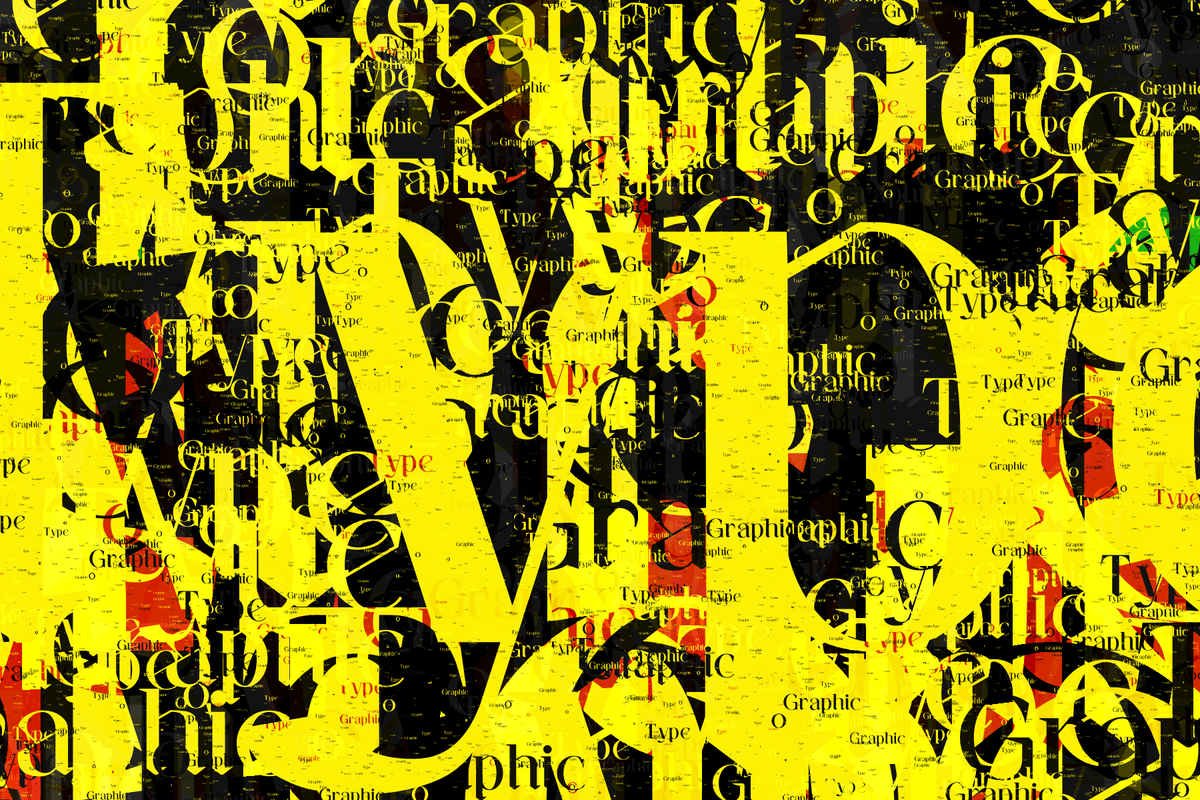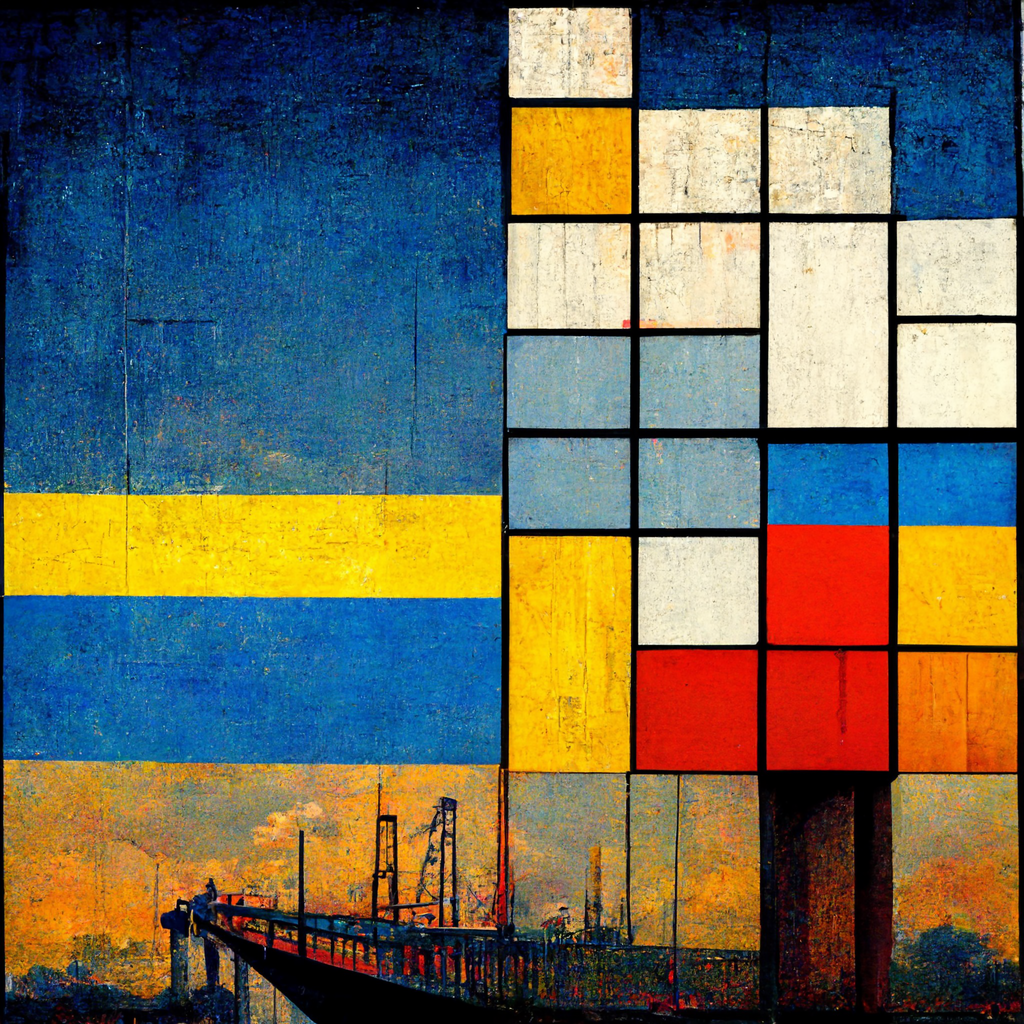
Building a Bridge of Appreciation to the Future of Creativity
Four events in the summer of 2022 placed fxhash-based generative art in the spotlight, putting the relationship between the legacy art world and generative art community into focus. While large legacy art world institutions (Art Basel, Sotheby's, Christie's) have begun embracing on-chain generative art, the dealer sector remains skeptical. How can a bridge of appreciation be built between these worlds to ensure an inclusive future of creativity?
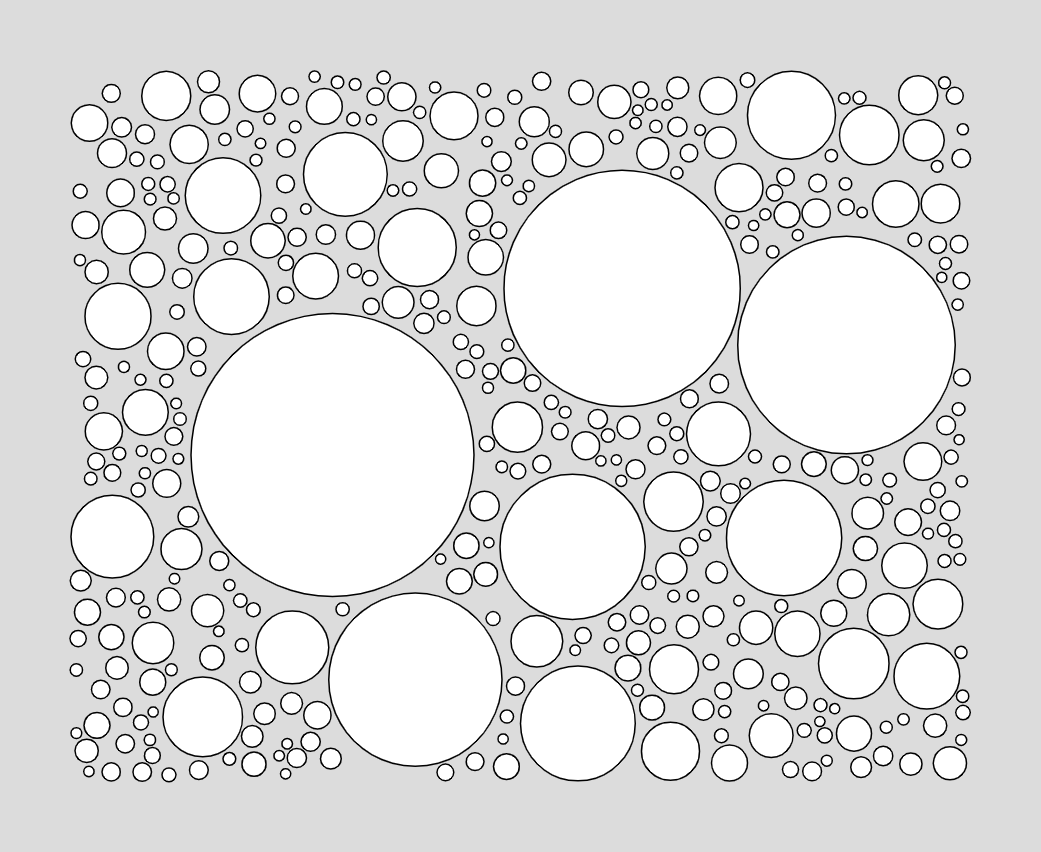
Circle packing and development logic
Circle packing is something that may seem complex at first but is actually quite simple... The purpose of this tutorial is to explain how to perform circle packing but above all to understand the logic to achieve it (+ various others examples).
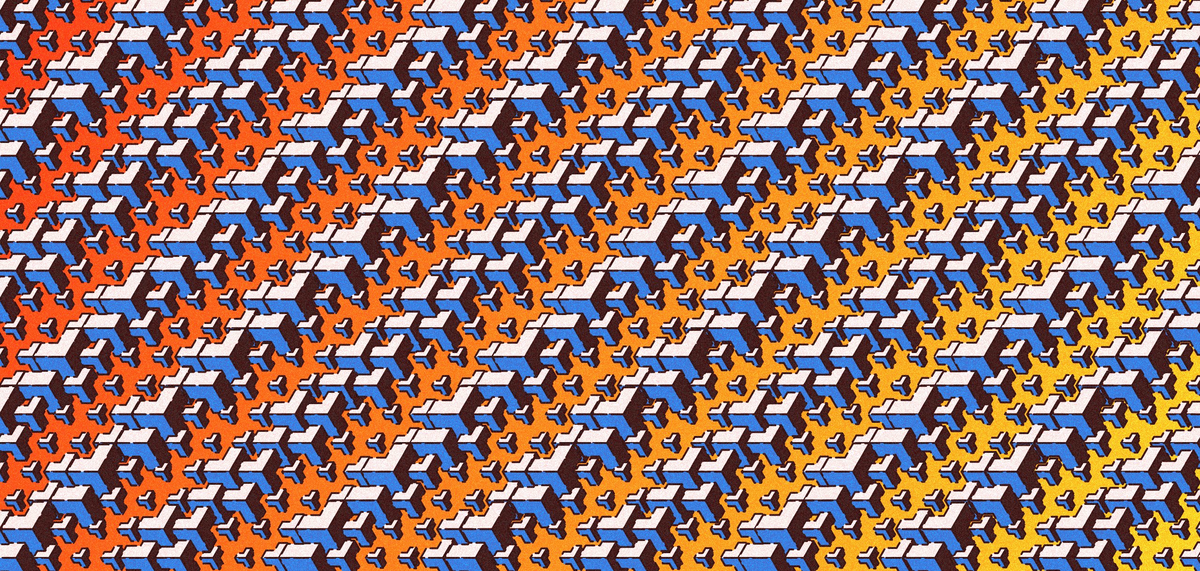
All about that grain
Images in digital art and photography are frequently purposefully perturbed with grainy textures, often intending to evoke a tactile feeling and to add an ounce of ruggedness to an artwork. In this manner, grain is a valuable tool on your generative artist tool belt to elevate your artwork. This article discusses several techniques to achieve grain with p5, texture overlays, SVG filters, and shaders. We’ll discuss each one in great detail and the ups and downsides.
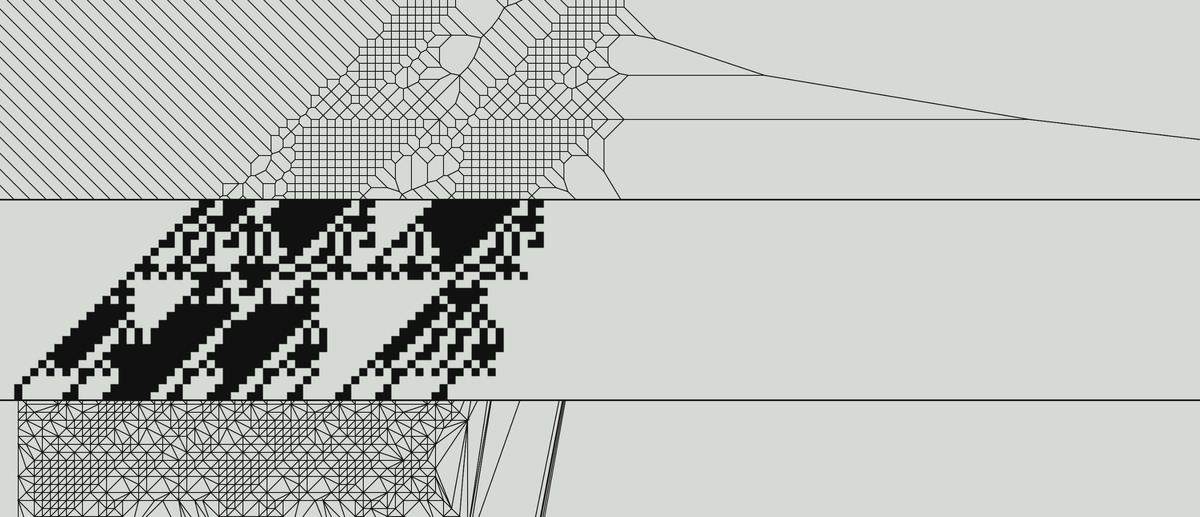
Generative Art Systems - an epistemological approach
This piece is an extended, updated version of an article, originally published on 'Becoming Human: Artificial Intelligence Magazine'. The text aims to understand generative intentions and methodologies within the visual arts from an epistemological perspective, by introducing early examples of artworks, algorithmic thinking and cognitive aspects of complex systems and decision making mechanisms.
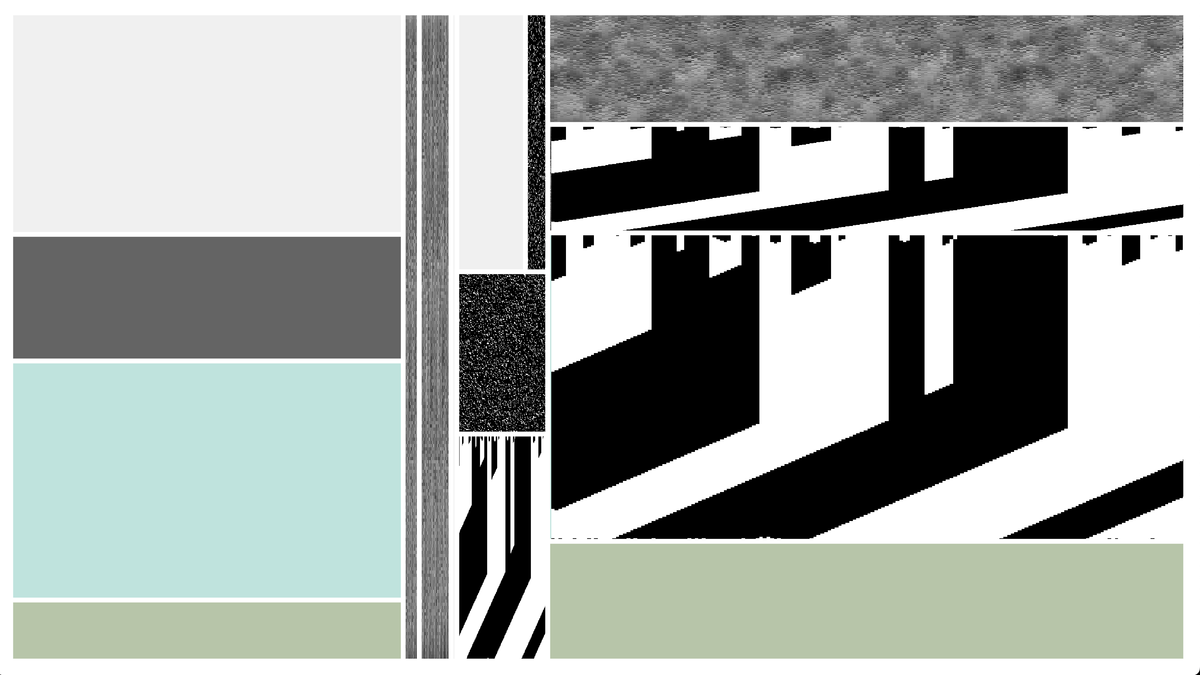
Future Jazz Geometry
k3rnel is a continuation of my ongoing investigation on some of the new possibilities within dynamic formats. This piece is constructed using several autonomous systems and computational concepts that are about to be introduced below.
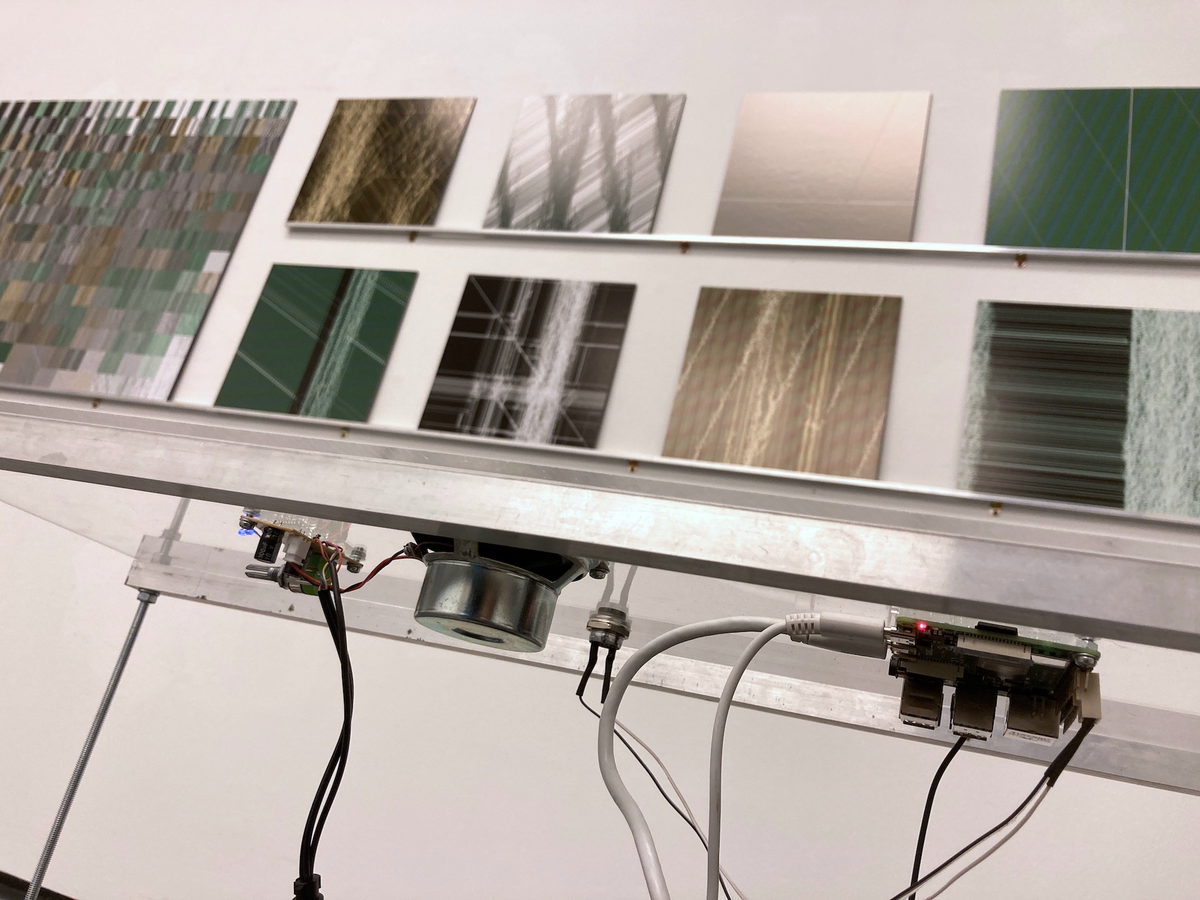
Extending a generative token in the hybrid space
‘tur1ng’ consists of audible image architectures based on the principle of Turing machines. These systems are mathematical models of computation that manipulate symbols on a strip of tape according to a table of rules. The following text is an overview of the process on turning a generative token into a physical installation to be placed into real-life environments.
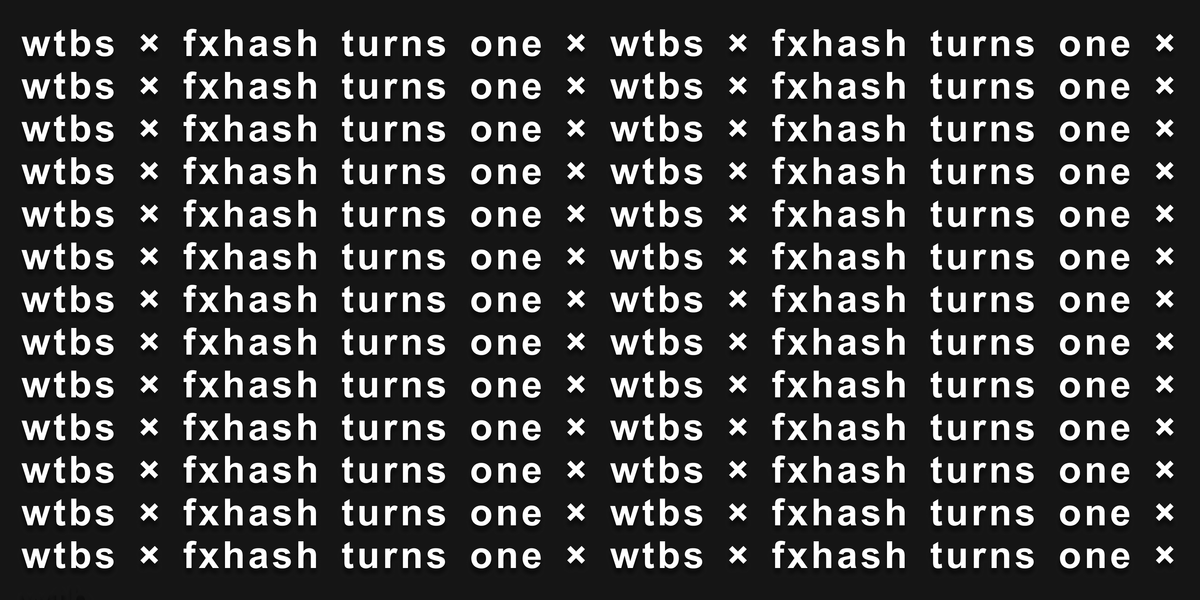
The First Year of fx(hash): Interview with ciphrd
WTBS is celebrating a year of fxhash with platform founder, and returning guest, ciphrd. Join us as we look back at the 1.0 features, talk about the greater market, and look ahead at what's to come in year two. Interested in fx(params), consumable tokens, and the future of live events? Read the interview below to learn more and, as always, collecting this article is one of the best ways to support the show!
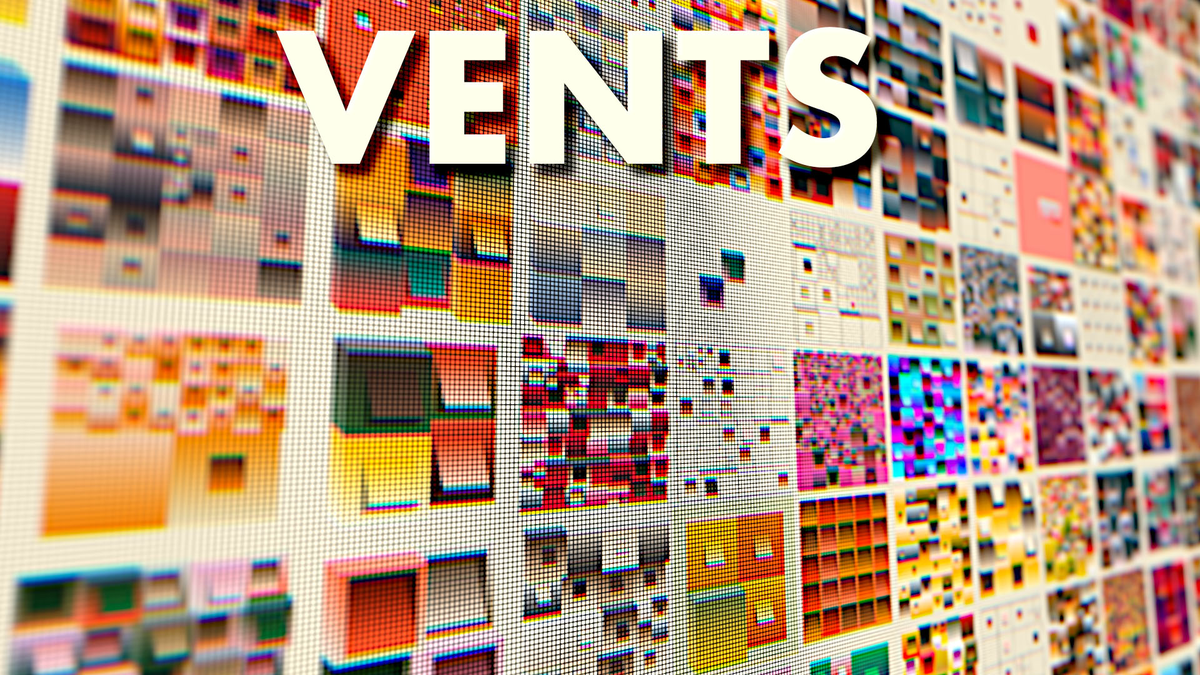
Vents
A quick overview of VENTS, an experiment in colour, structure, abstractions and most importantly; vents, by @revdancatt. Here I cover the inspiration, the process and some of the stuff left out, please enjoy.
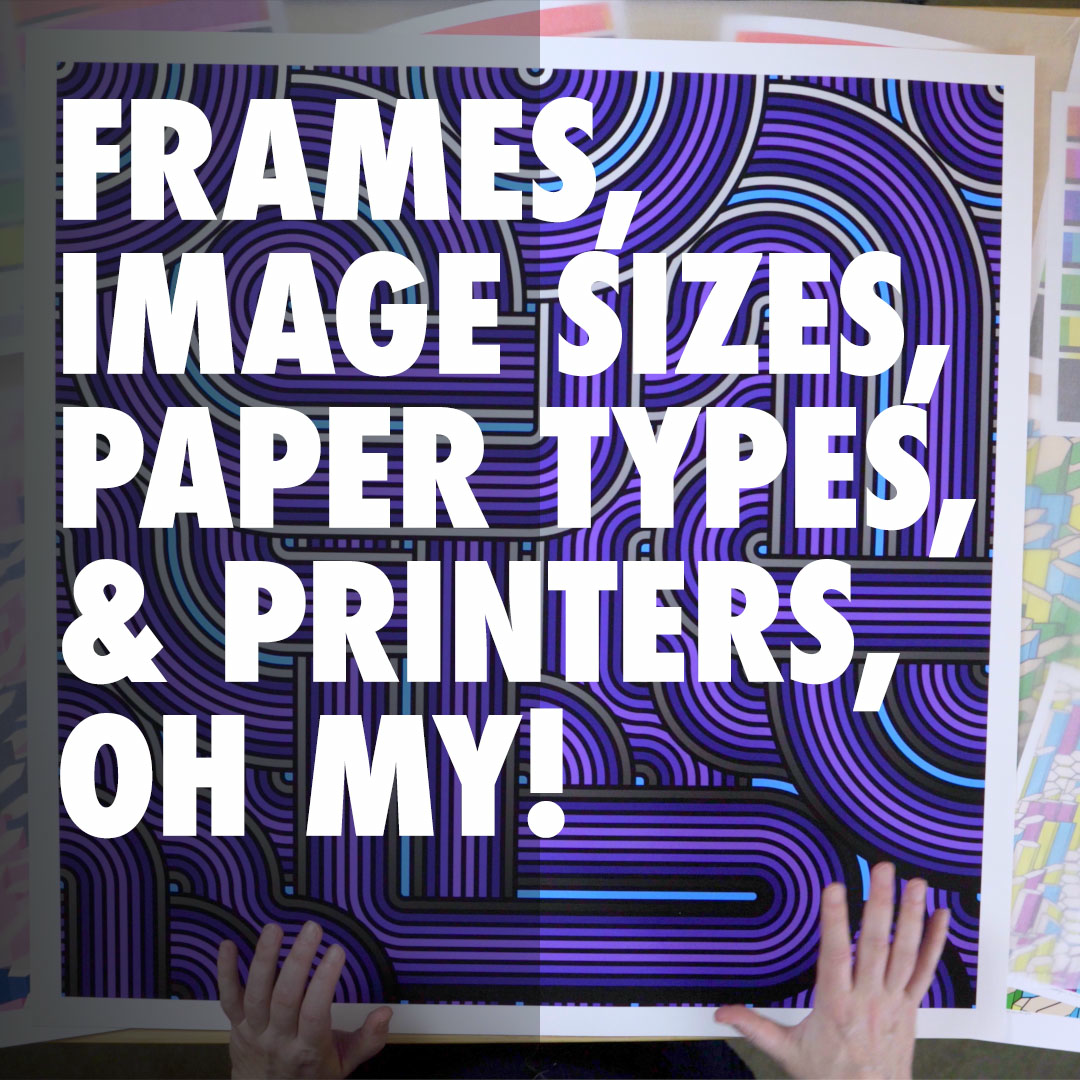
How to print generative art
An overview of deciding what size to print at, if you can print at that size, and what type of paper you should print onto. With a couple of quick tips on frames, getting higher resolution images and where to find a print studio. This is a text version/transcript of the video you can view here: https://youtu.be/SwFGVFUAs4Y
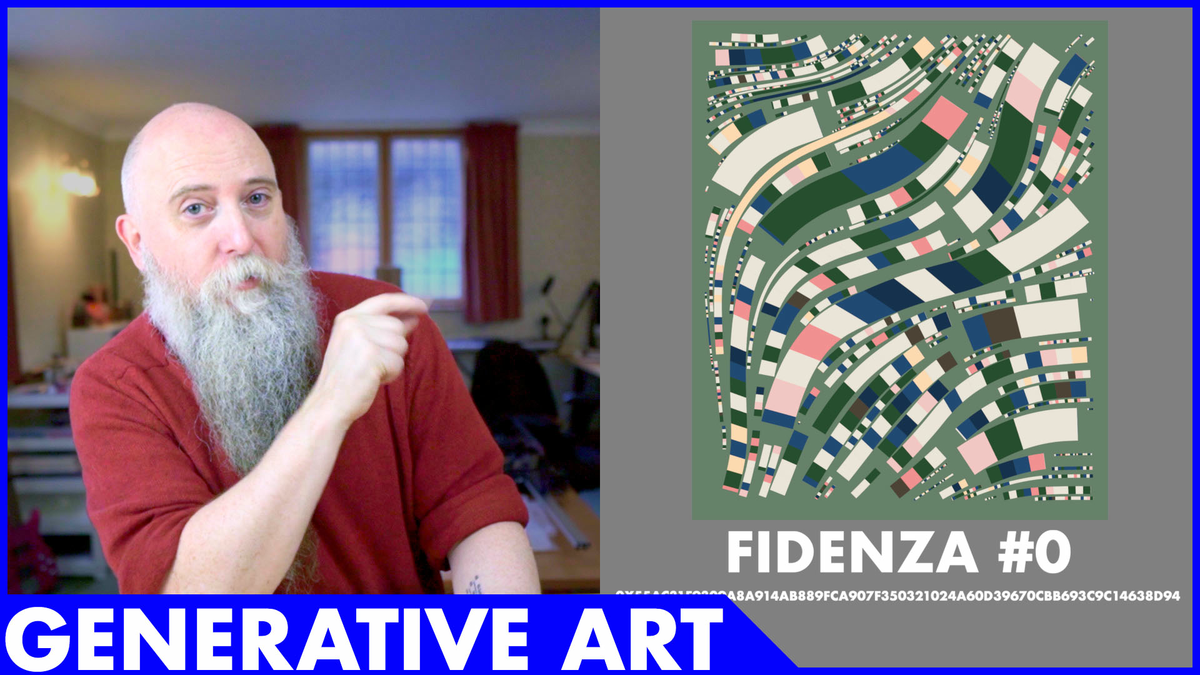
What is generative art?
A short essay about how generative art sits in the greater context of art, and how it's been shaped through 2021 and 2022 by the blockchain and NFTs.
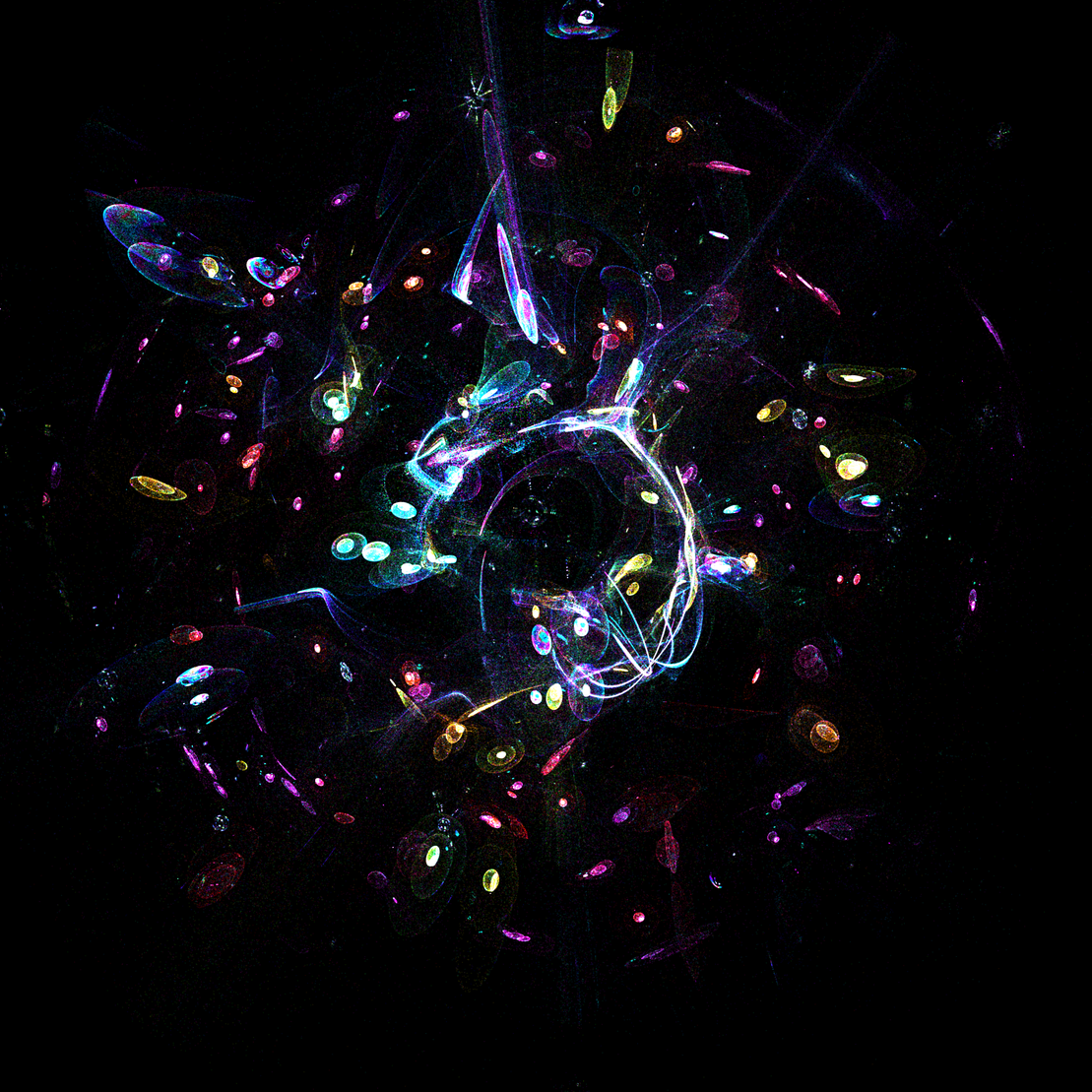
Univercell
For we truly see many things detach and cast off matter, not only from their core, but frequently as well from their surfaces, including colour. And this commonly occurs with awnings—yellow and red and dusky blue coverings—which [...]
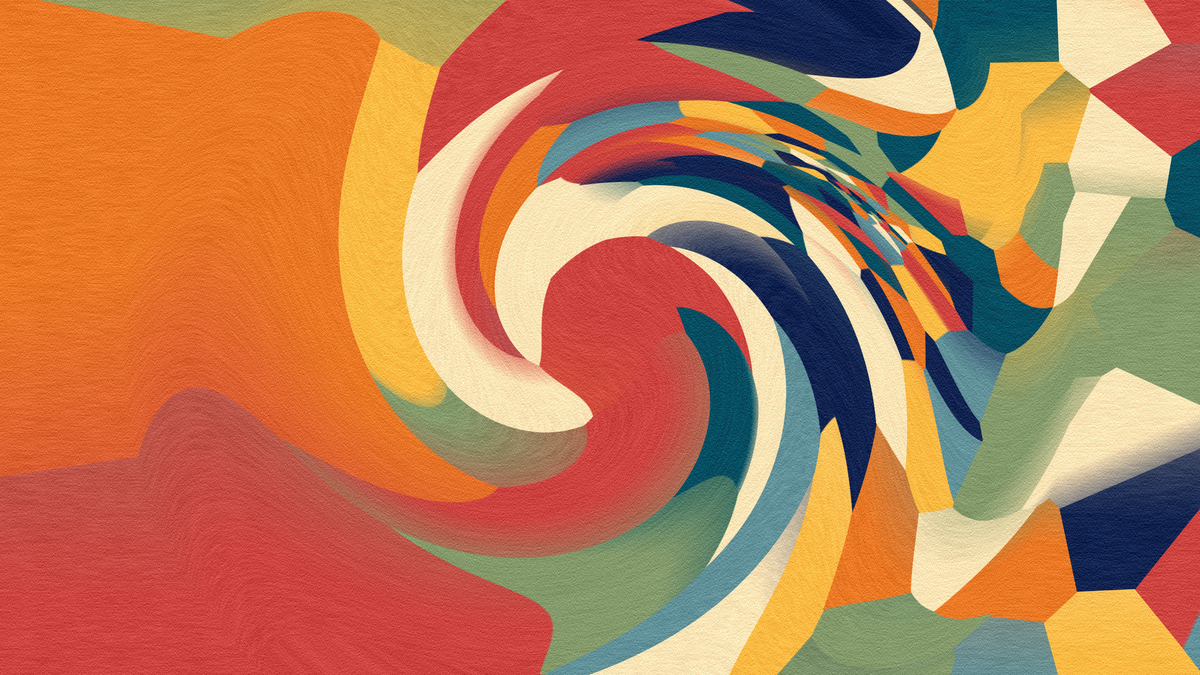
Spinning EDDY
When it started to get cold in California and the sky was often gray with rain, I wanted to add some more colors to my life. EDDY started as a project just for me, to brighten up the walls and rainy mornings. I fell in love with the initial outputs and it evolved into something more. Here I will share some work-in-progress images, technical details, and a couple of secret keys to change the output.
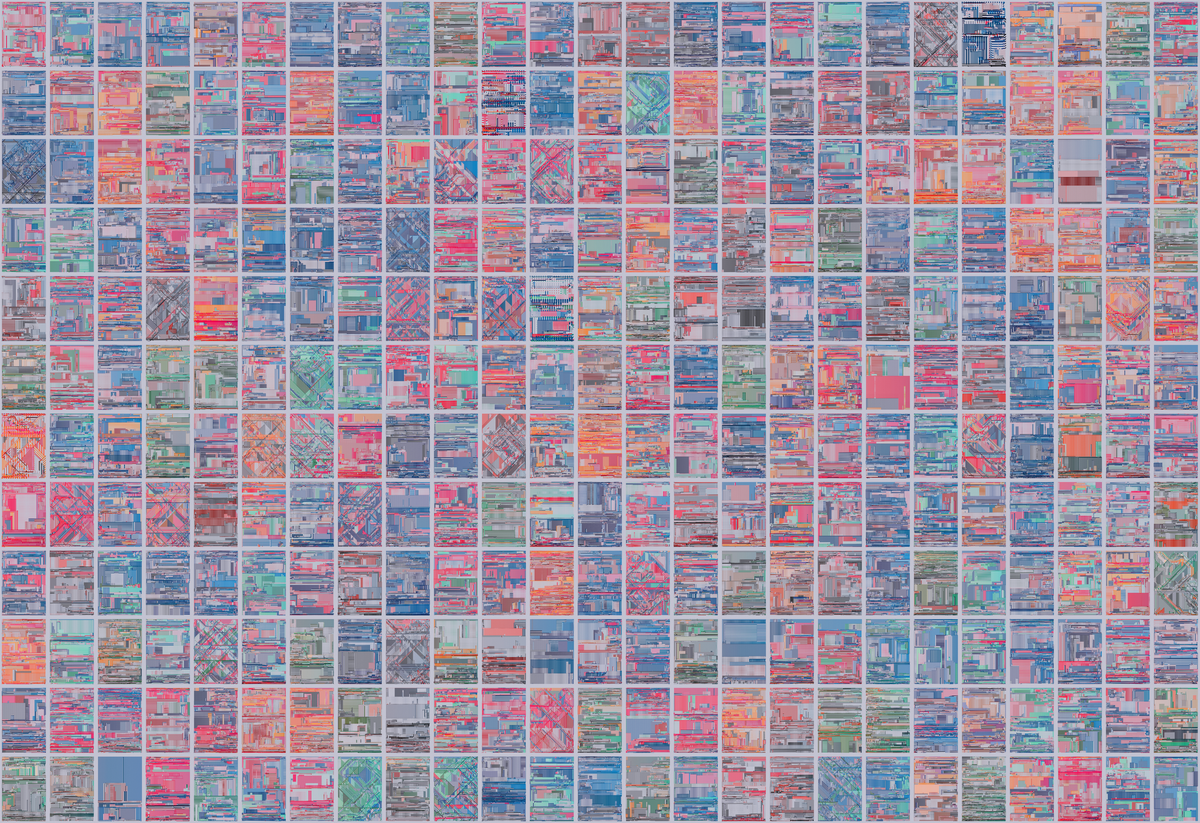
Impressions of Order
This article provides a non-technical overview of “Impressions of Order”. I start by discussing some of the conceptual underpinnings and inspiration for this project, before providing an easy-to-read overview of the core algorithm and showcasing some of the finer details and project features. I then wrap-up with some tips and recommendations for printing.
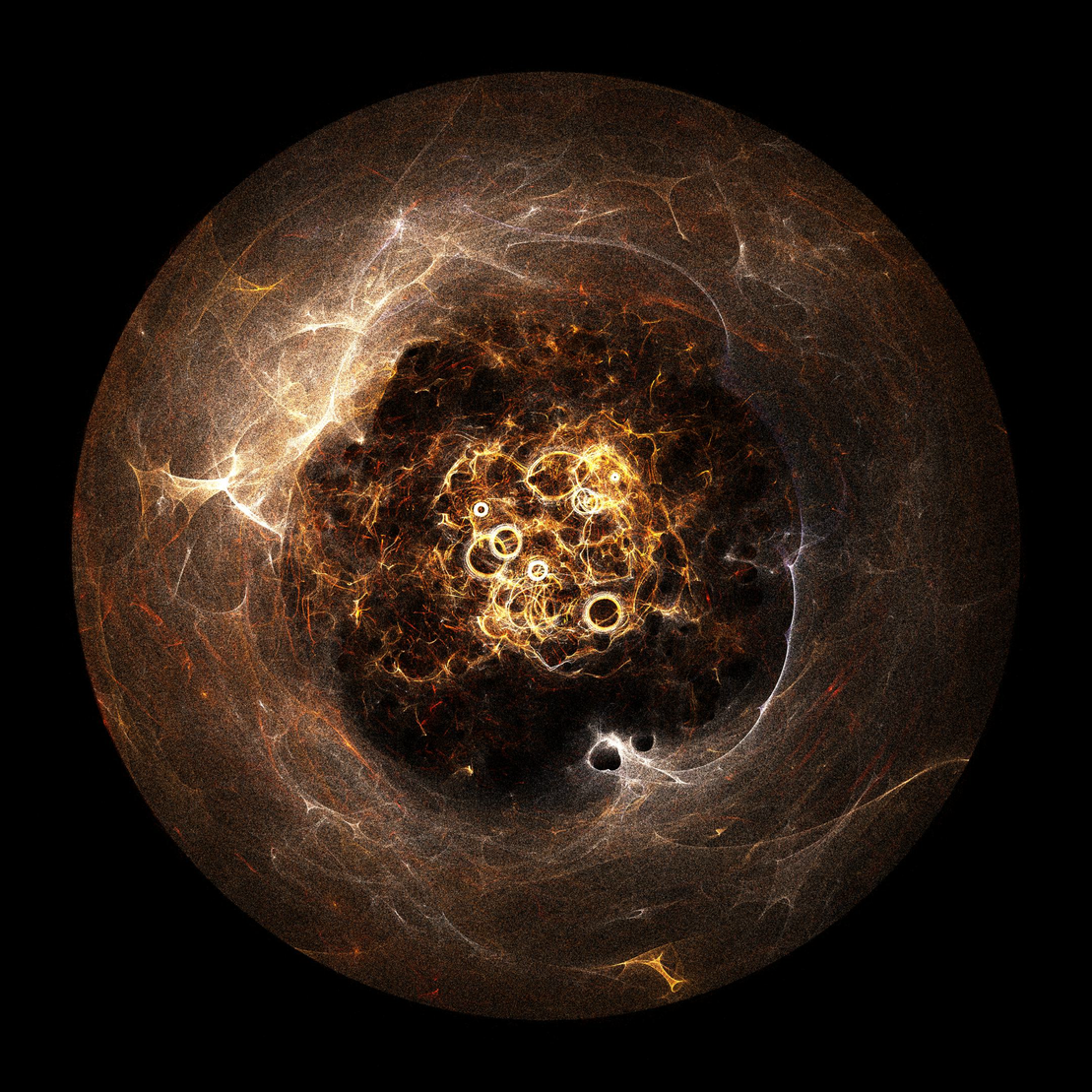
A theory of General Instability
Particles, forces, horizon // 🜂 ⇶ ⁂ Ω 🜁 ↺ // ∰ 🜴 🜔 ≋ ∂t ↺
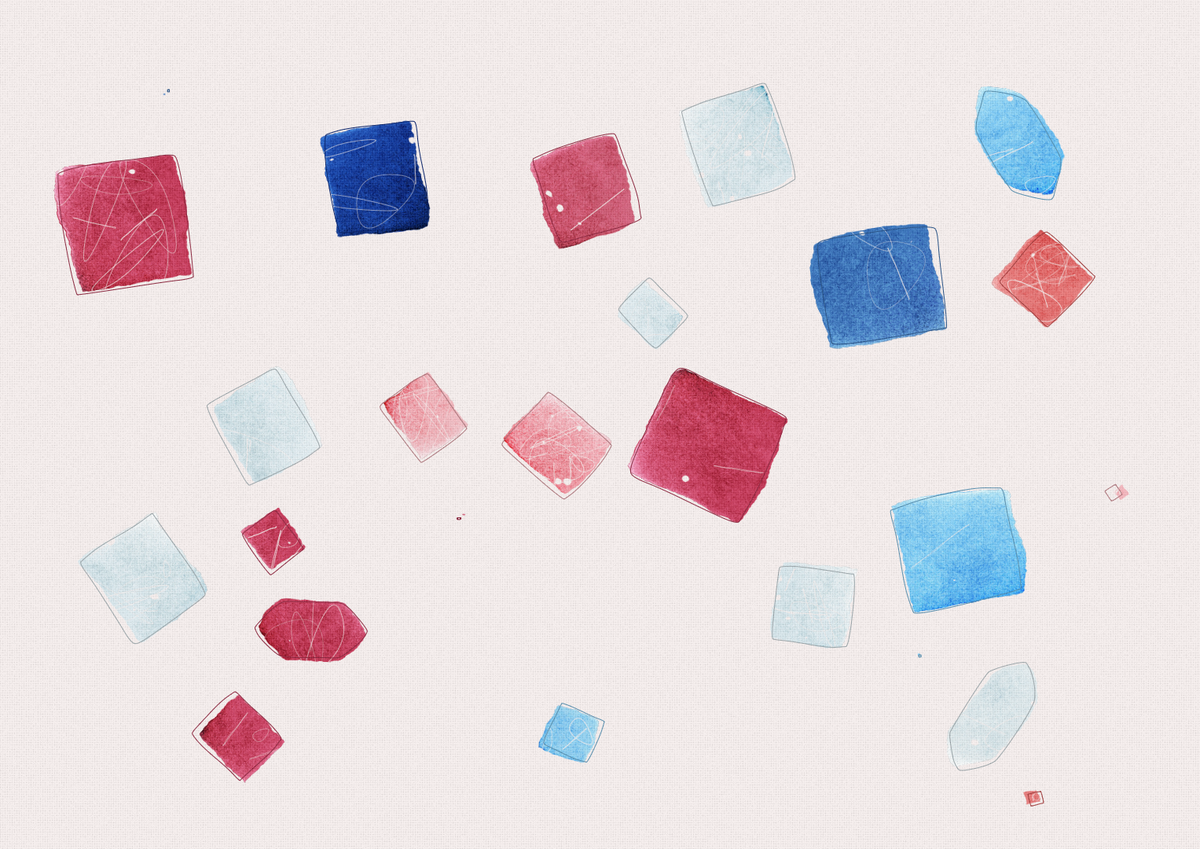
How to build Rapport
An overview of Rapport, my first params project.
